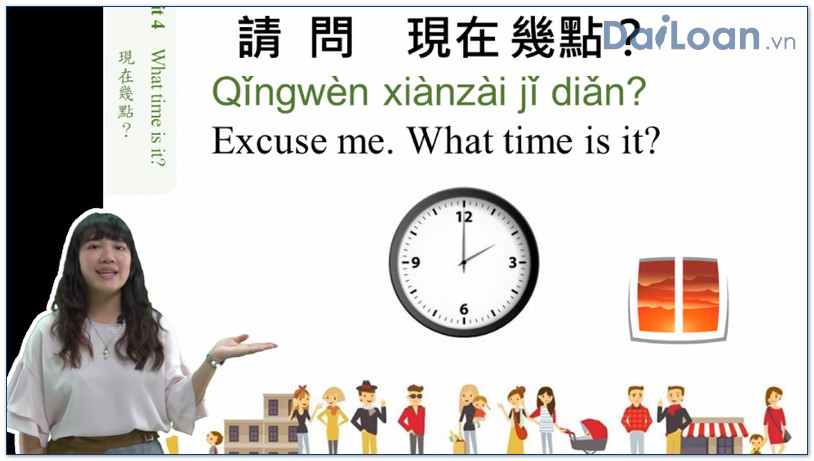In the realm of the Chinese language, understanding the nuances of words can elevate one’s proficiency significantly. One such term is 態勢 (tài shì), which unveils a rich tapestry of meaning and application. This article delves into the intricate meaning of 態勢, its grammatical structure, and offers a plethora of example sentences to solidify comprehension.
What Does 態勢 (tài shì) Mean?
The term 態勢 (tài shì) is often translated to “situation,” “posture,” or “state.” It embodies the overall condition or circumstance in which something exists or acts. It can refer to physical postures, psychological states, or broader socio-political contexts. In everyday conversation, 態勢 can describe a person’s disposition or the overall ambiance of a situation.
Contextual Interpretations of 態勢
To grasp the full depth of 態勢, consider these contexts:
- Physical Posture: Referring to one’s stance, whether it be in martial arts or casual settings.
- Psychological State:
 Describing the mental condition of individuals or groups.
Describing the mental condition of individuals or groups.
- Political/Social State: Analyzing the socio-political dynamics or landscape in a particular region.
Grammatical Structure of 態勢 (tài shì)
In Chinese, the term 態勢 is composed of two characters:
- 態 (tài): This character means “posture” or “attitude.” It reflects how one presents themselves or the manner in which something is expressed.
- 勢 (shì): This character translates to “situation,” “force,” or “power.” It indicates the conditions or environment surrounding an action or event.
Together, 態勢 combines these meanings to form a concept referring to a particular situation or condition, often implying a balance between one’s posture (態) and the situation (勢). The combination allows for versatile usage in various contexts.
Example Sentences Using 態勢 (tài shì)
To reinforce understanding, here are several example sentences utilizing the term 態勢:
1. In Descriptions of People
他在比賽中的態勢很穩定。
(Tā zài bǐsài zhōng de tài shì hěn wěndìng.)
“He had a very stable posture during the competition.”
2. In Psychological Contexts
這位患者的情緒態勢有所改善。
(Zhè wèi huànzhě de qíngxù tài shì yǒu suǒ gǎishàn.)
“The emotional state of this patient has improved.”
3. In Socio-Political Discussions
當前的國際態勢令人擔憂。
(Dāngqián de guójì tài shì lìng rén dānyōu.)
“The current international situation is concerning.”
4. In Daily Conversation
他的態勢讓我覺得他很自信。
(Tā de tài shì ràng wǒ juédé tā hěn zìxìn.)
“His demeanor makes me feel that he is very confident.”
5. In Describing Environmental Situations
自然的態勢正在改變。
(Zìrán de tài shì zhèngzài gǎibiàn.)
“The natural situation is changing.”
Conclusion
Understanding the term 態勢 (tài shì) enhances one’s grasp of the Chinese language by adding richness to expression and comprehension. By exploring its meanings, grammatical structure, and practical examples, learners can better navigate conversations in various contexts. As language enthusiasts delve deeper into these nuances, they cultivate not only proficiency but also appreciation for the intricate beauty of Chinese.

Sứ mệnh của Chuyên là giúp đỡ và truyền cảm hứng cho các bạn trẻ Việt Nam sang Đài Loan học tập, sinh sống và làm việc. Là cầu nối để lan tỏa giá trị tinh hoa nguồn nhân lực Việt Nam đến với Đài Loan và trên toàn cầu.
CÓ THỂ BẠN QUAN TÂM
Du học Đài Loan
Lao Động Đài Loan
Việc Làm Đài Loan
Đơn Hàng Đài Loan
Visa Đài Loan
Du Lịch Đài Loan
Tiếng Đài Loan
KẾT NỐI VỚI CHUYÊN
Zalo: https://zalo.me/0936126566
Website: www.dailoan.vn



